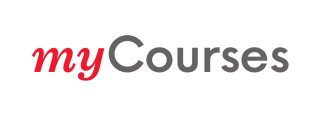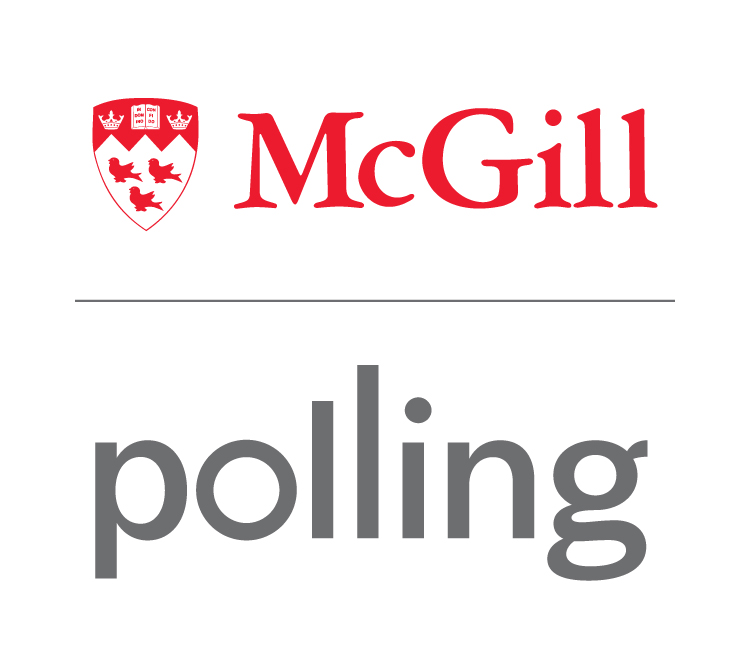Interested in learning more about the different technology available to you as a McGill student? Check out our guides and tutorials to help you get the most out of these technological resources so you can use them to level up your learning.
Not sure where to start?
Take this interactive quiz to find what resource is right for your current needs.
Getting started in myCourses
myCourses is an essential online space for your coursework. The tutorials and tips on this page will help you become a myCourses pro in no time!
Zoom tips
This page provides you with tip sheets for getting started with Zoom, advice for leveling up your experience, and some ways to manage Zoom fatigue.
Learning with Mural
Mural is an online visual tool and collaboration space that you can use when working independently or with your peers. Check out this page to see how to get started and to watch template tutorial videos.
Microsoft Office 365
Did you know that as a McGill student you have free access to the Microsoft Office suite? Download using your McGill credentials to benefit from Word, PowerPoint, Excel, and more!
Polling @ McGill (Slido)
McGill uses a web-based polling and Q & A system, called Slido. During a class with polling questions, you can respond from your personal device (smartphone, tablet, or laptop).
Participating in class polling sessions:
- Scan the QR code or go to Slido and enter the Slido code. The QR and Slido codes will be provided by your instructor.
- If you are asked to Login with SSO (Single Sign-On), enter your McGill credentials and follow any Two-Factor Authentication prompts.





